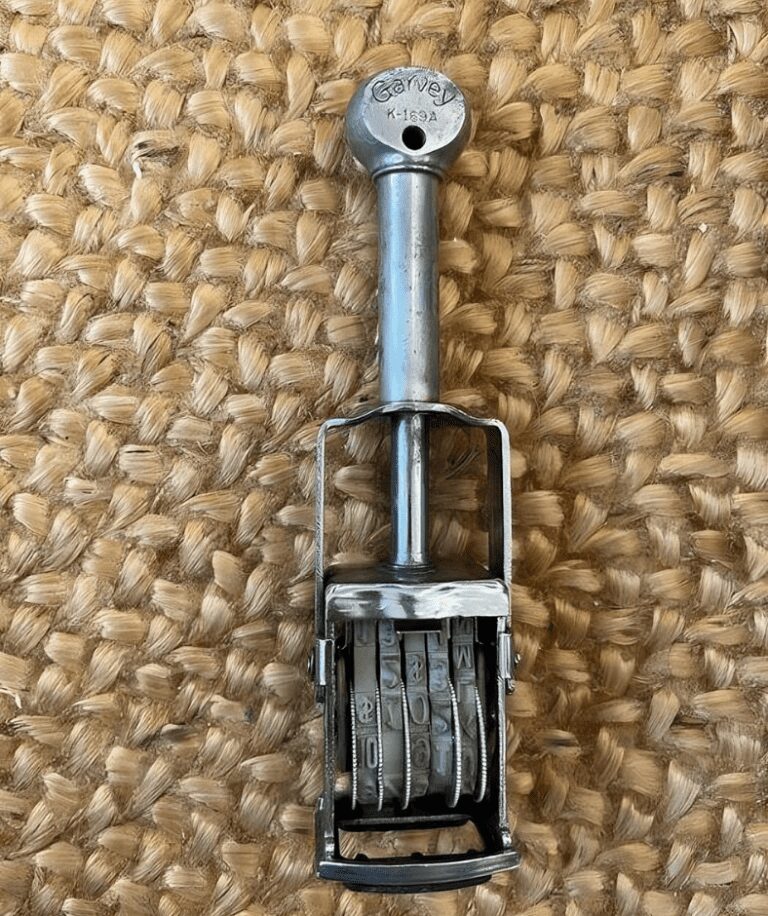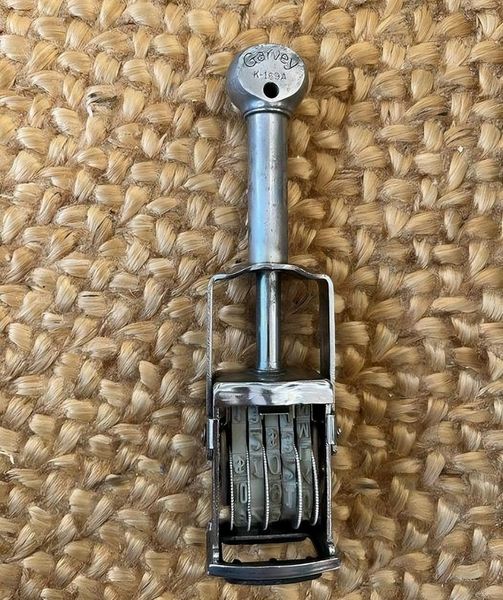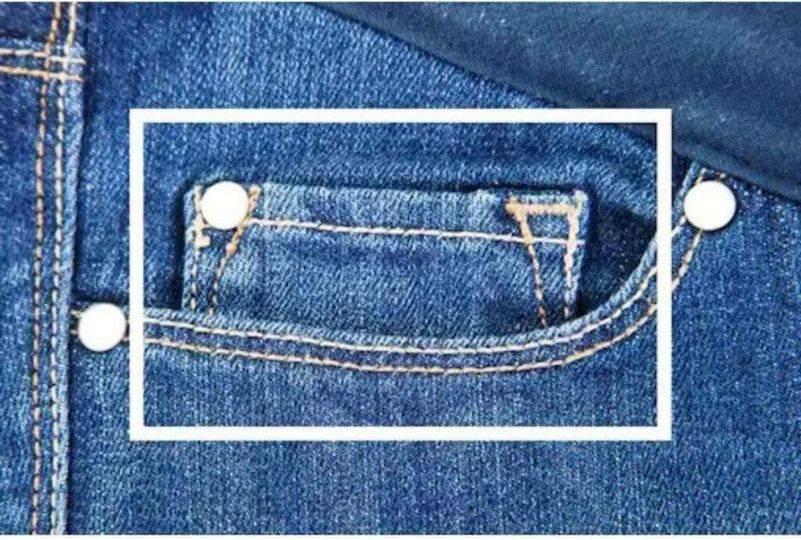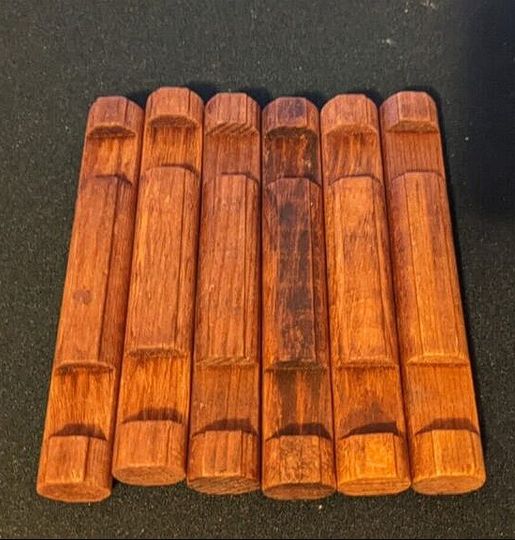The story of the vintage price marker ink stamp starts in the early 20th century when businesses were eager to streamline their pricing processes. These simple devices, operated manually, needed ink pads and had to be adjusted by hand to change the prices, reflecting the technological limits of that era.

Fast forward to the mid-20th century, and these stamps saw a remarkable transformation in both design and functionality. Improvements in materials and engineering led to the creation of more durable and reliable models. Metal components and sophisticated mechanical systems allowed for quicker and more precise price marking. The advent of self-inking models made the process even simpler, doing away with the need for separate ink pads.
The main job of the price marker ink stamp was to quickly and efficiently mark prices on products. Retailers relied on it to apply price tags uniformly across a wide range of items. This helped in managing inventory and pricing with greater accuracy, reducing the chances of errors that could happen with manual pricing methods.
These stamps were versatile tools, suitable for a variety of products and packaging. Whether it was price labels, inventory tags, or promotional materials, the stamps provided a reliable and consistent method for applying prices. This made them invaluable assets in many retail and business environments.
To keep these stamps working well, regular maintenance was essential. Routine tasks included cleaning the ink pads and mechanisms, replenishing the ink, and checking for any wear and tear. Proper upkeep ensured the longevity and optimal functioning of the stamp.





